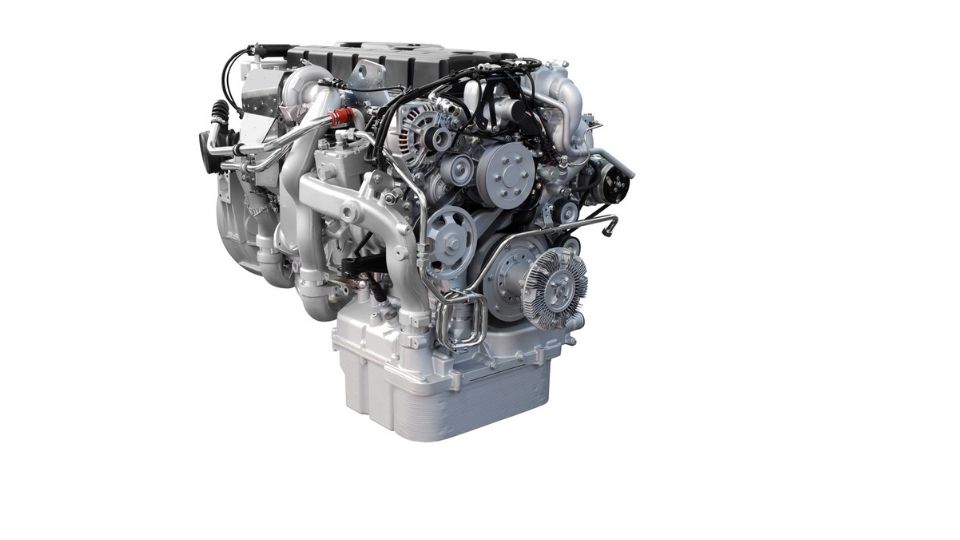Delivering about 401 horsepower and 464 lb-ft of torque, the Chevy 6.6L gas engine (L8T) is a simpler and more affordable choice compared to the 6.6L Duramax diesel. Despite its strengths, real-world feedback has highlighted a number of recurring issues—from oil consumption to performance quirks.
In this guide, you’ll see some of the most reported Chevy 6.6 gas problems backed by owner experiences, expert analysis, and service notes.
Excessive Oil Consumption
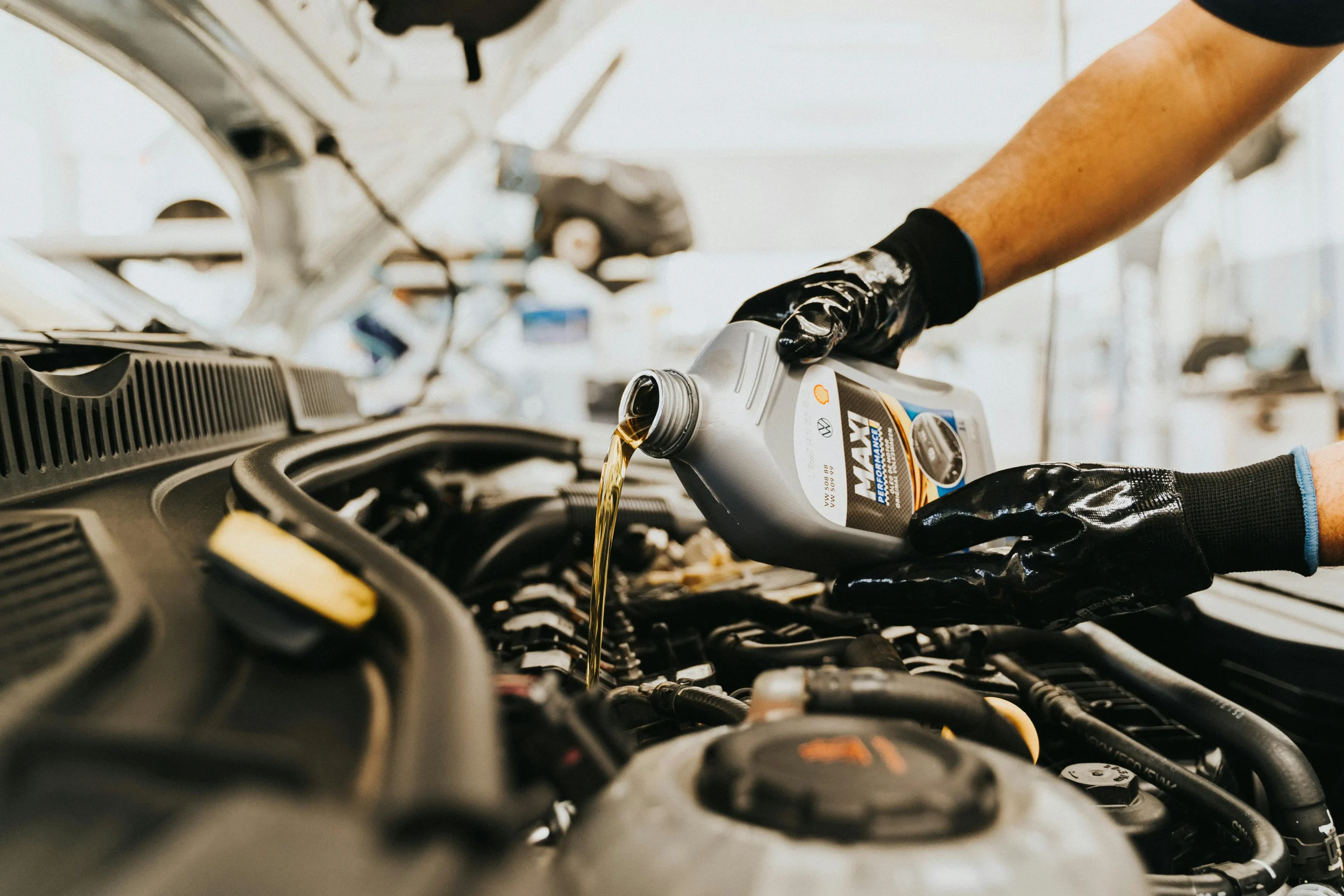
The most frequently discussed problem is oil use that exceeds what owners expect from a new heavy-duty V8. Here’s what this looks like in practice:
- Drivers on forums report adding a quart of oil every 1,000 miles during towing, which GM has said falls within “normal” usage for this engine.
- A Silverado owner described burning through “a couple quarts” on a 1,200-mile trip hauling in hilly terrain—far more than under regular commuting.
- Another owner noted that in just 700 km, oil levels dropped halfway on the dipstick despite no towing, calling it “unexpected for a brand-new truck.”
This happens because the direct injection system and PCV setup allow some oil vapor into the intake. Over time, worn piston rings or valve seals can worsen the problem.
Why it matters: Oil is the lifeblood of this engine. When levels drop, it stresses internal parts like timing chain tensioners, valvetrain components, and bearings. As one expert source notes, low oil can “cause the engine to break down completely” if ignored.
Try to get in the habit of checking your oil level frequently—especially before and after towing trips. Keeping the crankcase full dramatically reduces the risk of related failures.
Rare Engine Failures and Rod Bearings
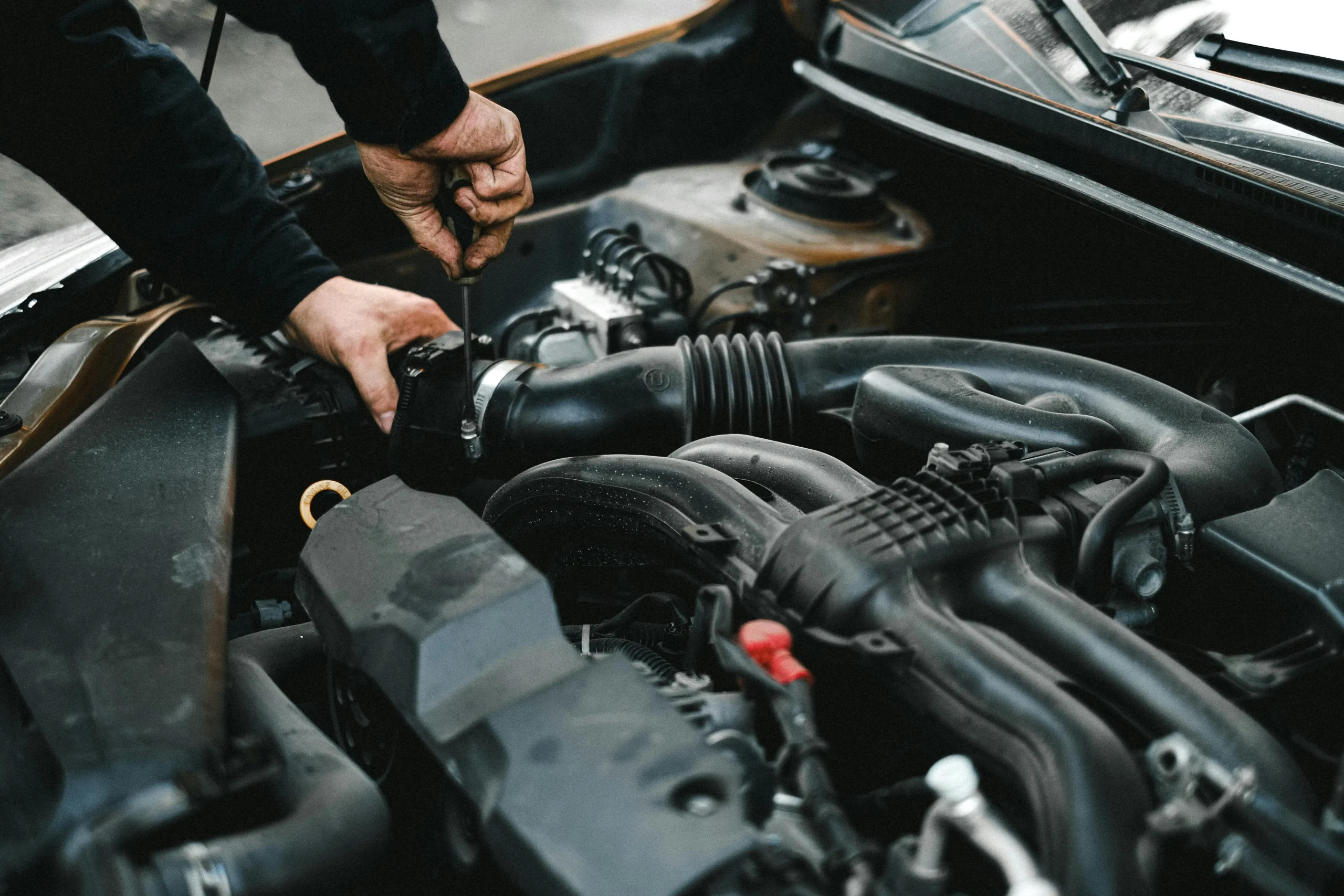
While most 6.6 gas engines perform well, there are isolated cases of catastrophic failure tied to rod bearings. For example, a 2024 Silverado 2500 HD with fewer than 1,000 miles developed a loud knock. The dealership found metal shavings in the pan and a spun rod bearing, requiring full engine replacement under warranty.
Other owners on forums have shared similar stories, where bearing failure occurred suddenly and led to total engine loss. The issue echoes investigations into GM’s 6.2L V8, where rod bearings have also been scrutinized for sudden failures.
Why it’s concerning: Bearing problems often appear without warning. You might notice:
- Knocking sounds from the lower engine
- Oil pressure drops on the gauge
- Metal debris in oil during a change
When bearings fail, the crankshaft can seize, leaving replacement as the only option—often costing $5,000–$8,000. Luckily, warranty coverage has applied in most early-life cases.
The good news is that these failures remain rare. Most 6.6 gas engines don’t experience them, but being aware of the signs is critical since the damage escalates quickly if ignored.
Noises: Knocks, Ticks, and Exhaust Leaks

Another common complaint is unusual engine noise. The 6.6 gas engine can develop rattles or ticks that vary in seriousness, such as:
- Valvetrain tick: This often happens due to oil not circulating properly. Owners have noted the noise quiets once oil is topped off.
- Exhaust manifold leaks: A Silverado 2500 owner discovered two broken manifold bolts at 102,000 miles, producing a ticking noise that worsened under load.
- Knocks or rattling that persist: these noises may point to deeper issues like rod bearings or detonation.
You can often distinguish between different sounds. Here’s some guidance to follow:
- Ticking only on cold starts → usually exhaust manifold bolts.
- Persistent tapping with no change → may be lifters or valves.
- Heavy knocks under power → more serious, possibly bearings.
These noises are more than an annoyance. A simple manifold bolt repair (a few hundred dollars) can prevent damage to the manifold itself, while ignoring deeper knocks could result in complete engine failure.
Spark Plug and Ignition System Concerns
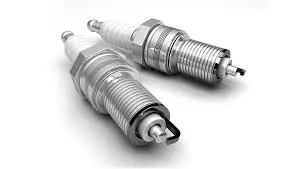
Because the 6.6 gas is direct-injected and high-compression, it puts extra stress on ignition parts. Fouled spark plugs are common when oil consumption is present, since oil ash can build up and cause misfires or a rough idle.
GM also issued a recall for certain 2023–2024 models where poorly sealed ignition coil fuse housings let in moisture, leading to corrosion and limp mode. Finally, some owners report random check-engine lights tied to sensors like oxygen or MAF, though no widespread defect has been identified.
Why this matters:
- Misfires left unaddressed can damage the catalytic converter.
- Fouled plugs reduce efficiency and make towing performance worse.
As a preventive measure, replace spark plugs at shorter intervals if you notice oil use, and keep an eye on ignition wiring. These are relatively inexpensive fixes compared to the long-term damage neglected misfires can cause.
Timing Chain and Valvetrain Wear
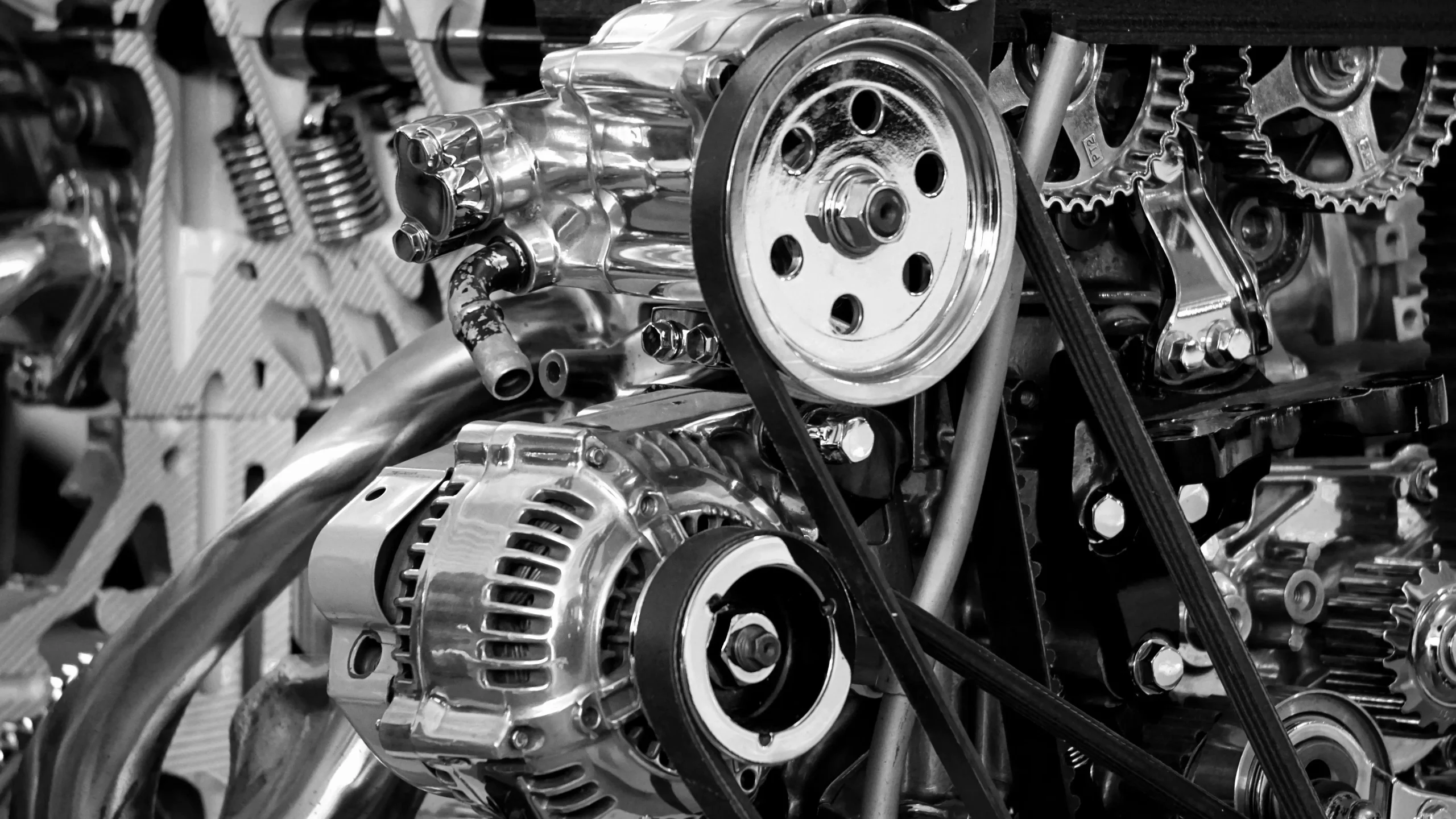
The 6.6 gas engine avoids AFM lifter collapses that plagued smaller GM V8s, but there are still reports of timing chain and lifter concerns. Here are some examples:
- Timing chain stretch or wear can cause startup rattling, erratic timing, and even cam/crank misalignment codes.
- In severe cases, a stretched chain can jump teeth, creating a no-start or even piston-to-valve contact.
- Lifter wear—though less common—can result from extended heavy-duty operation, showing up as persistent ticking or misfire codes.
If you’re not sure which warning signs to look for, focus on:
- Startup rattles that don’t fade after warm-up
- Misfire codes without obvious ignition problems
- Continuous tapping sounds despite fresh oil
Timing chain replacement may be around $1,000, while lifter or camshaft repair can cost several thousand. Staying on top of oil health (correct viscosity and regular changes) is the best way to prevent these expensive failures.
Fuel Economy and Transmission Feedback

Even when working properly, the fuel economy and transmission setup of the 6.6 gas engine are often cited as drawbacks. Owners consistently report a typical fuel economy of 12 MPG city, 14 MPG highway, with single-digit MPG while towing-
Compared to the Duramax diesel, the gas V8 tows 3,500–4,000 lbs less, which some find limiting.
Transmission pairing also affects drivability:
- 2020–2023 models came with a 6-speed automatic. Drivers describe it as sluggish and sometimes harsh when shifting, making the engine feel underpowered.
- 2024+ models now feature a 10-speed, which improves responsiveness and efficiency slightly.
While these aren’t mechanical “failures,” they are compromises that matter for heavy-duty truck buyers. If towing at the max limit, the gas engine may feel strained compared to the diesel, though it avoids DEF fluid and complex emissions systems.
Final Thoughts
The Chevy 6.6L gas V8 strikes a balance between affordability and old-school dependability, but it’s not perfect.
Still, many report tens of thousands of miles with no major issues. As one forum member put it: “The engine’s been fantastic, but I keep an eye on oil and do maintenance religiously.”
With attentive ownership—oil checks, plug maintenance, and prompt repairs—the 6.6 gas engine can provide years of reliable service in heavy-duty applications.

Tomas is a retired Chevy Auto Technician that brings decades of hands-on experience and expertise to the table. He’s also a father to two incredible daughters. He enjoys using his knowledge and experience to help you solve and find reliable information on Chevrolet vehicles. Whether it’s troubleshooting engine problems or providing tips for maintenance, Thomas is committed to helping Chevy owners keep their vehicles running smoothly and safely.

